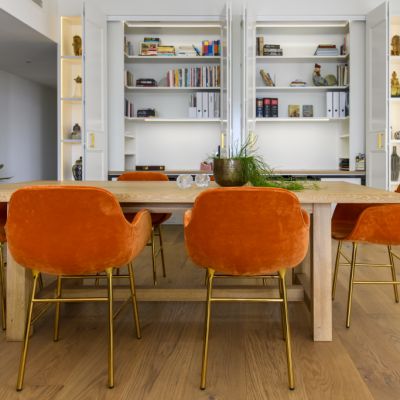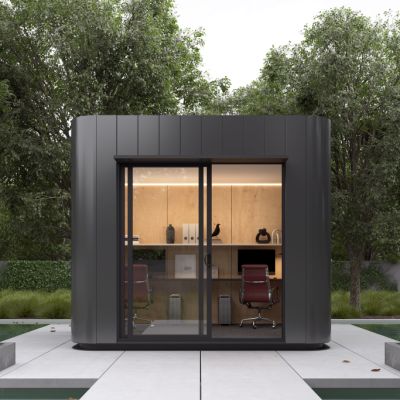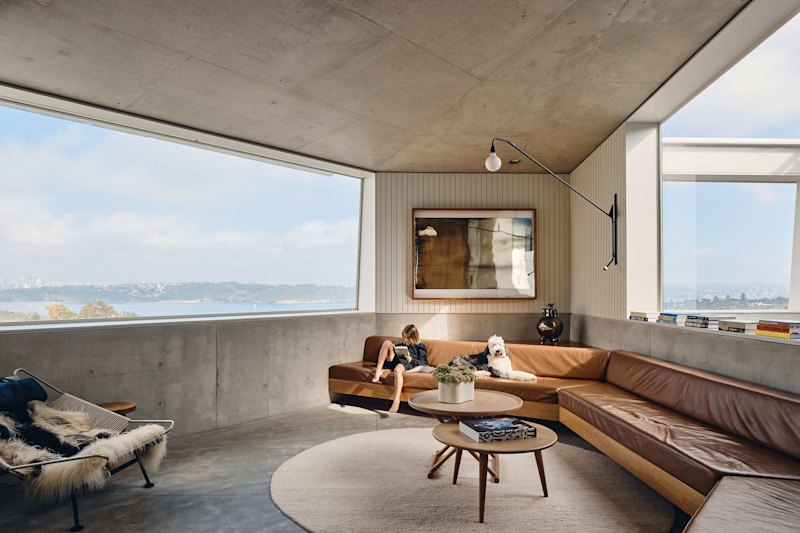Four things working from home taught me about my house

Those of us who work from home spend a lot of time in our houses.
In these extended periods, we can’t help but get to know what we love and what we dislike about our homes. We learn the ways in which it works for our individual purposes, and the ways it lets us down.
Spending so much time at home taught me several things about my house.
Frustrations with the house layout
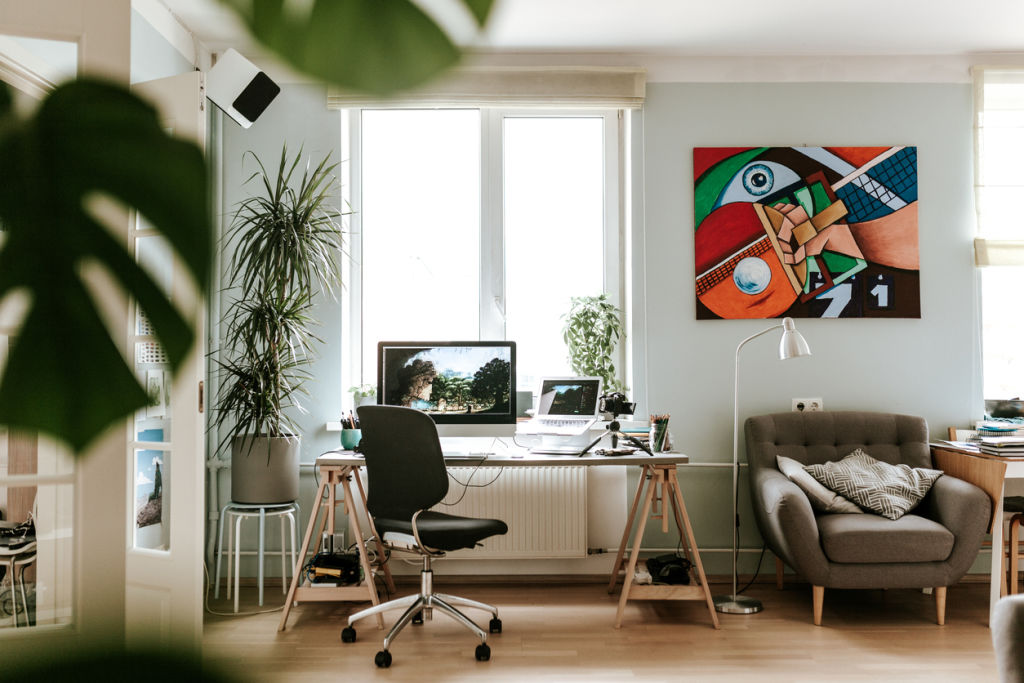
I think that layout was an underrated element of older houses. It seems that, as long as all the required rooms fit in, there wasn’t as much thought given to flow or the practicalities of living as there is in newer home layouts.
According to Liz Hayward, interior designer at Hayward & Co, this is partly because the way we use our houses has changed so much. “We are now looking at our homes as not just a place to sleep, but they have also become a place to work, to entertain, to learn and to retreat in,” she says.
In my house, the office space is an afterthought: a cut-off from a previously renovated area, which is both tiny and has no door. As a parent of two kids, much of my time is spent moving into the parts of the house that happen to be quiet at any given time.
When a layout doesn’t work for us, we can think outside the square.
Hayward suggests thinking about the purpose of each space, and creating a zone for that purpose. “Having zones in our homes is a way to ensure that we maximise their layouts to our benefit,” she says. “There are simple ways to create zones. The use of rugs is a really simple and effective way to separate large open-plan areas.”
How to efficiently heat and cool the house
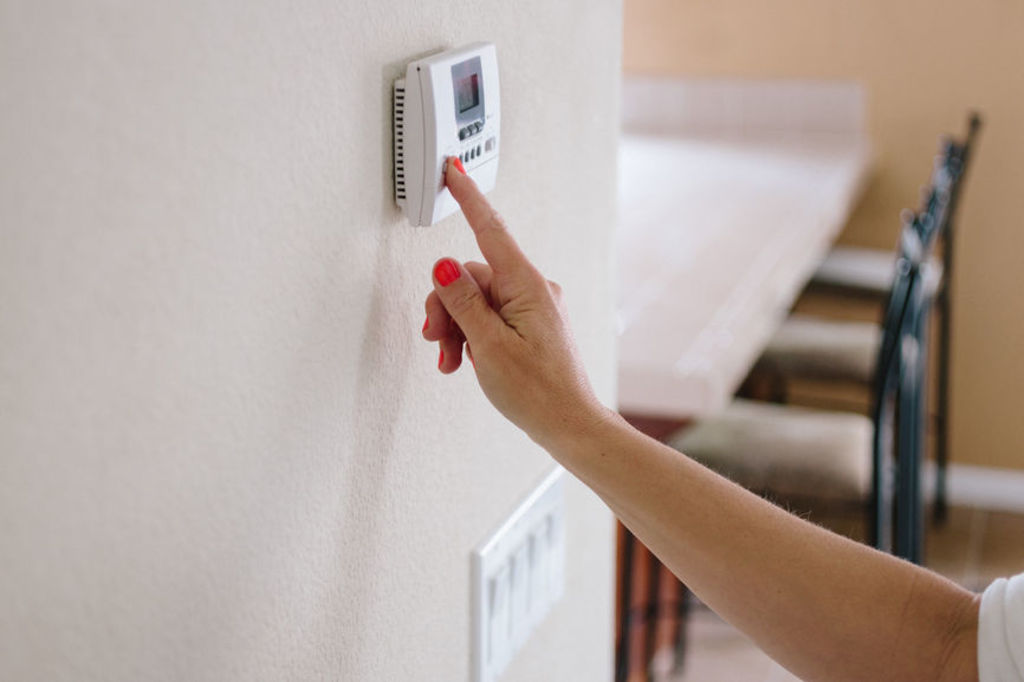
One of the lovely things about working in an office is that the temperature is controlled, and it’s all done (and paid for) by someone else.
When you work from home, you become hyperaware of the fact that you have to pay for full days of heating or cooling. In winter this means that, unlike in a corporate office, there are warm slippers and hot-water bottles involved in the work day. And, the newfound awareness makes you become attuned to the most efficient way to stay comfortable.
In both summer and winter, I’ve learnt how to use the zones in my house well. I move to a part of the house that has winter sunshine in the afternoon, for example. I close off the parts of the house I don’t use during the work day, and only heat or cool the small office area I’m working in. These little tricks keep me comfortable, and stops the bills from becoming enormous.
Making home a nice place to be

In recent times, even those who haven’t worked from home got to know what it feels like to spend a large chunk of time in our houses. We got to know the things we love about where we live, and the things that don’t sit with us quite so well.
It got many of us thinking about how to make home a nicer place to be.
Often the thing that turns a house into a home is putting your own stamp on it. This is something that was missing from my house: we moved in a few years ago and haven’t done much to change it. This means it hasn’t really felt like it’s mine.
Hayward says it can take time to get this feeling into a house. “A home is created by people, and appeals to all of our five senses,” she says. “In a home there will be a sense of warmth, the sounds will be grounded and there will be smells of comfort – remnants of a home-cooked meal.”
If you’re considering how to turn your house into a home, Hayward suggests starting by appealing to your senses:
- Start by creating a sense of warmth. Hayward says: “This is done through the physical layers in your home and should include, furniture, decor, rugs, cushions, curtains and artwork; including colours and textures into the mix will go a long way into transforming your house to a home.”
- Consider sounds and smells. “Lighting your favourite candle and putting on your favourite song can really change how a space feels,” says Hayward.
- Fill it with people you love. “Many people say their house feels like their home once they have shared a meal with loved ones,” she says.
Turning a house into our own home can be a work in progress, but spending a lot of time at home highlighted how important it is. “You need time to create happy memories, arrange your furniture and decor and create a sense of familiarity for yourself,” she says.
What the internet connection is really like
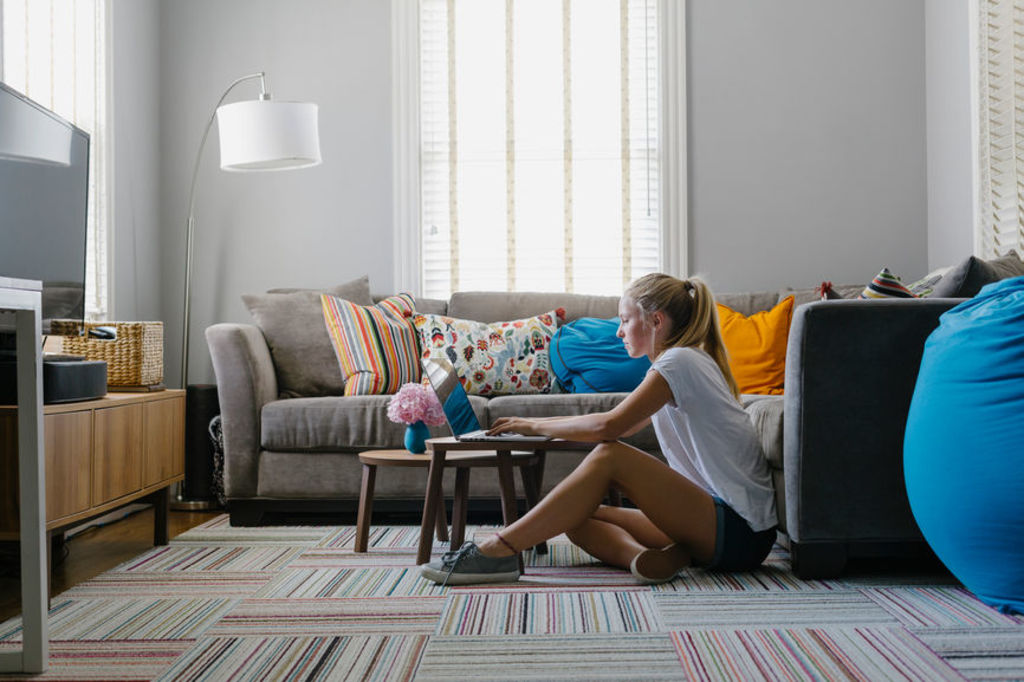
I live in a regional area, so internet connection is a major talking point among my local friends who also work from home.
Some are experiencing huge issues with the NBN, some have satellite internet and some are reliant on mobile data that places real limitations on their use.
At my house, it’s satellite internet. This can be great and, if I didn’t work from home, I’d be raving about it. However, I don’t only use it on occasions – I rely on it all day, and the truth is that it’s patchy. All it takes is a cloudy day and I’m hot-spotting from my phone, which is less than ideal.
When you use your home internet all day, every day, you really start to see the issues Australia has with connection.
Everyone’s house has pros and cons, and we certainly become aware of them all when working from home.
We recommend
We thought you might like
States
Capital Cities
Capital Cities - Rentals
Popular Areas
Allhomes
More

